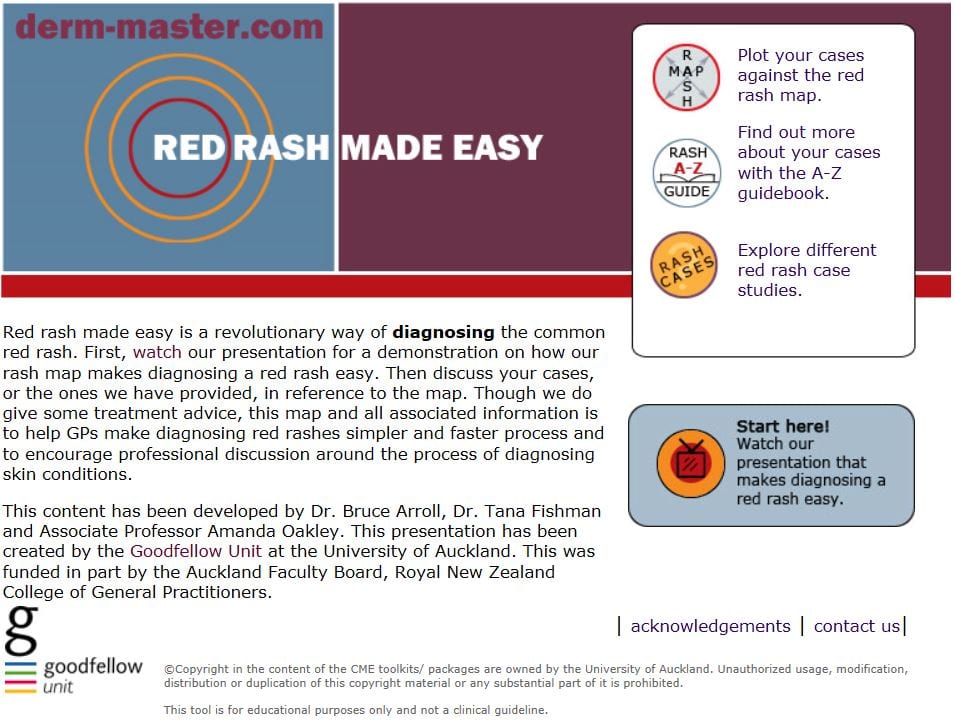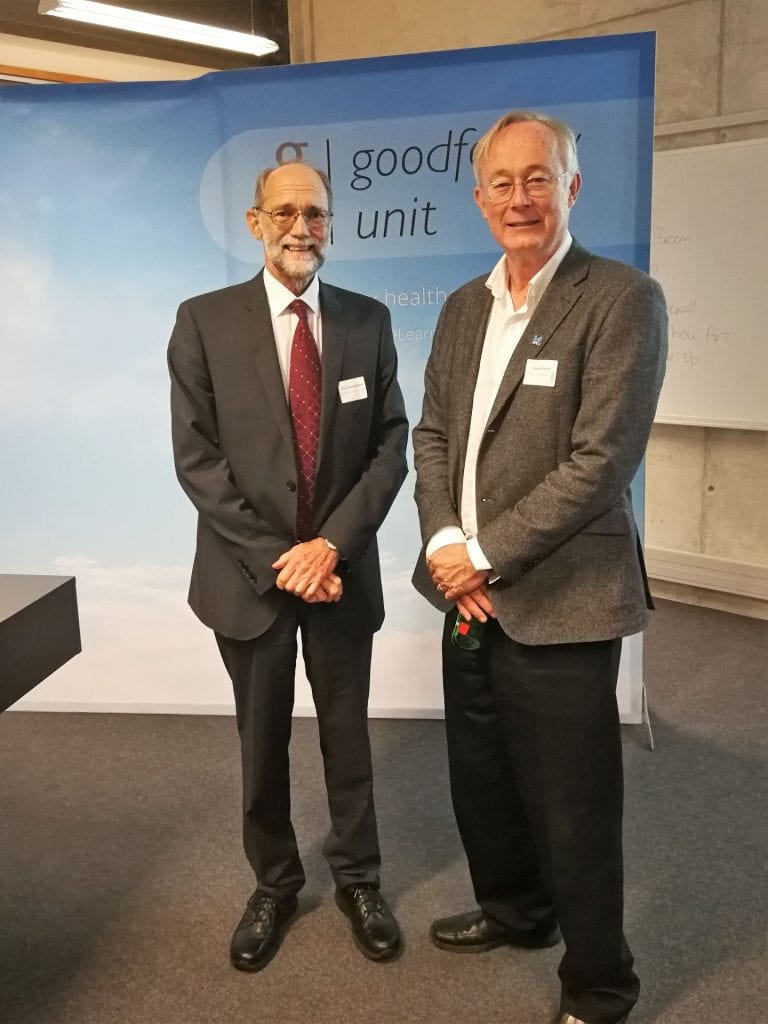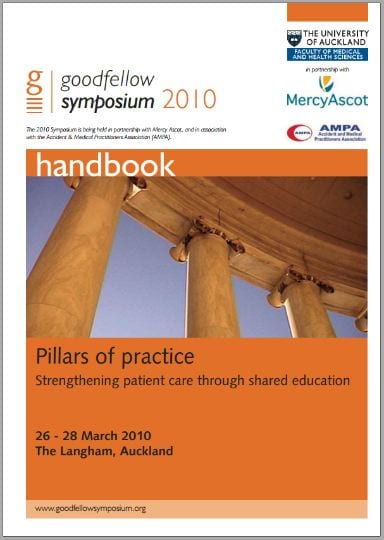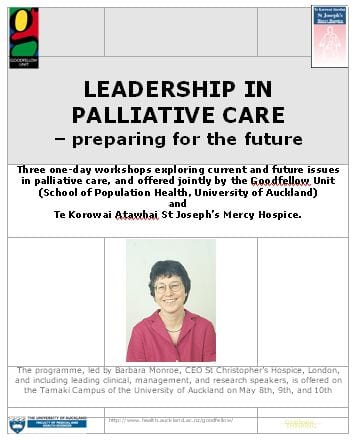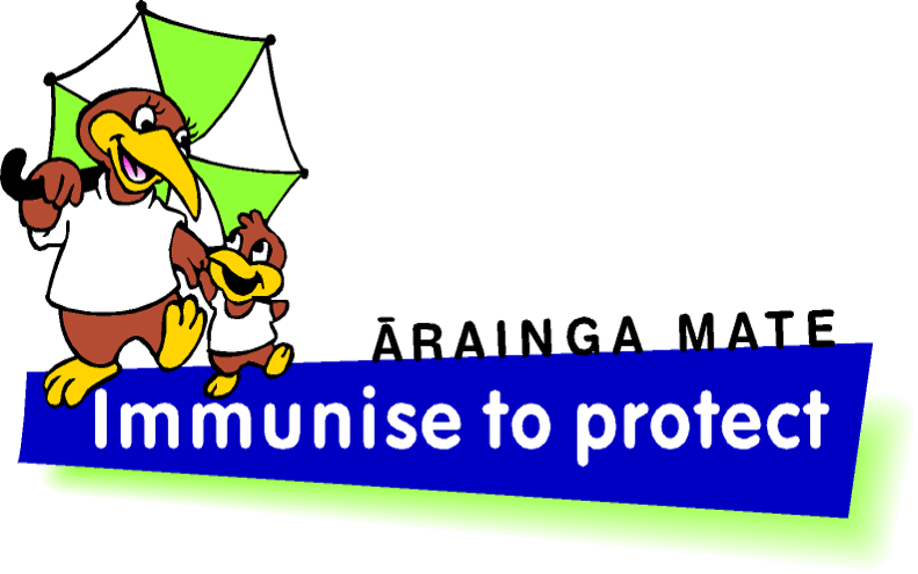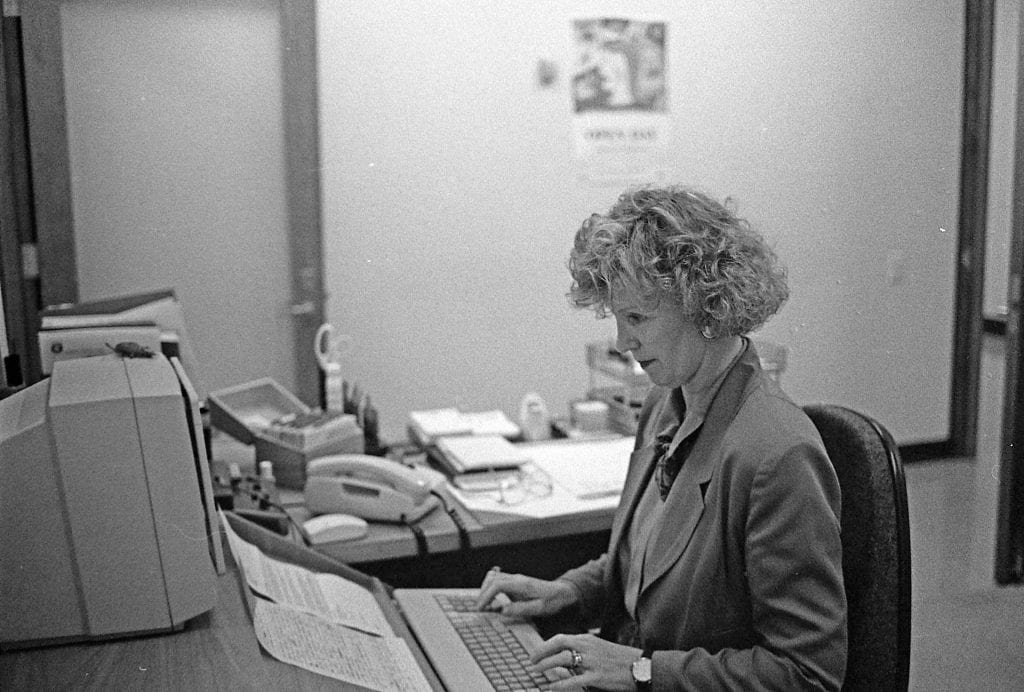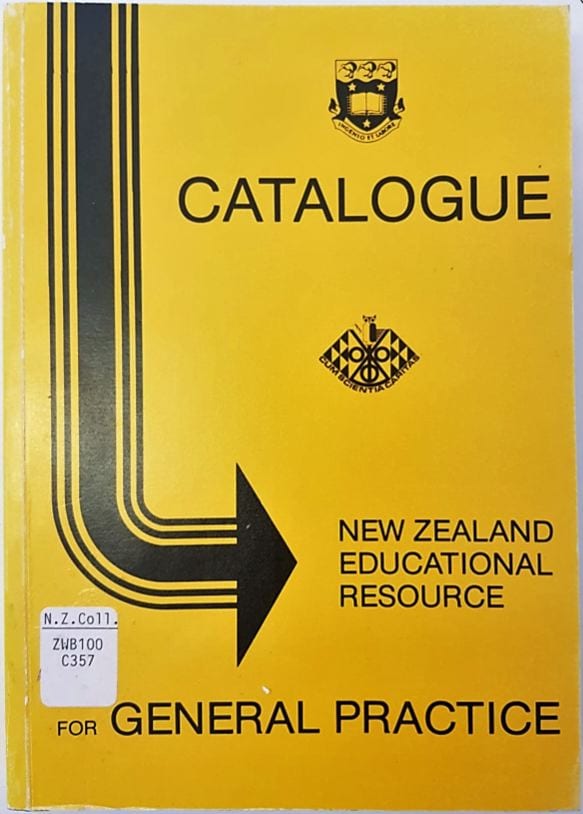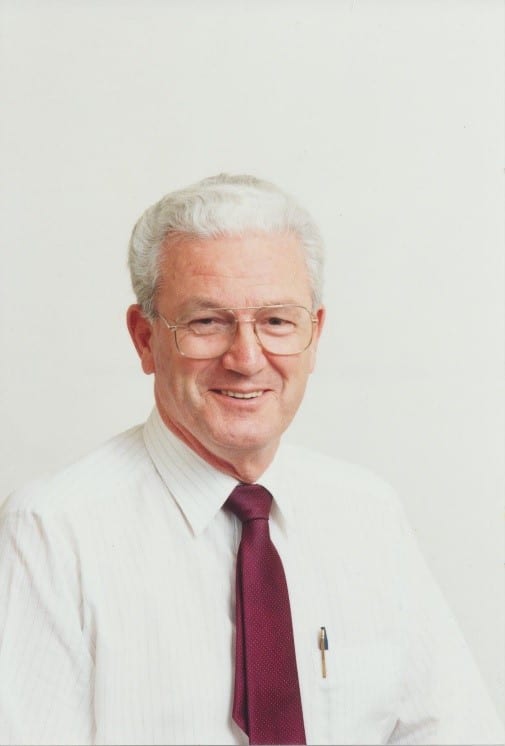In August, the Goodfellow Unit created a YouTube channel which features recorded presentations at Symposiums, webinars, and Medtalks.
In July, the Goodfellow Unit began its 2-year contract with Pharmac. This contract involved producing educational videos, webinars, podcasts and Gems.
Dr Bruce Arroll launched the ‘Goodfellow Gems’. By mid-2017, the Goodfellow Gems had a mailing list of nearly 9,500 recipients and featured in the in NZ Doctor, Research Review, and on the World Organization of National Colleges, Academies and Academic Associations of General Practitioners/Family Physicians website. Goodfellow Unit staff launched
Dr Phil Barham, the inaugural Director of the Goodfellow Unit, passed away on 1 September. Before his death, he had nominated Dr Campbell Maclaurin to receive an honorary fellowship to the RNZCGP. Dr Maclaurin received the fellowship during a ceremony at the Conference for General Practice on 21 September.
In September, the Goodfellow Unit launched its new website: Goodfellow Learning. Staff transferred the Goodfellow Club to the new site and launched the first learning modules on sleep disorders and children’s food allergies.
The Learning Technology Unit and the Goodfellow Unit negotiated a Memorandum of Agreement. The agreement provided the Goodfellow Unit with a new e-learning platform and 24-hour support.
Dr Felicity Goodyear-Smith was appointed as the Goodfellow Chair of General Practice.
ACC commissioned the Goodfellow Unit to conduct a trial of web-based case studies and formative quizzes for GPs. In October, the Goodfellow Unit launched the first of five ACC case studies and quizzes for GPs on the Goodfellow Club website. GPs received one CME point per hour and a certificate
Dr Peter Huggard was appointed as Director of the Goodfellow Unit.
The Goodfellow Unit celebrated its 30th anniversary.
The first Goodfellow Unit Symposium took place.
The Goodfellow Unit established the GFU-Mercy Hospice Auckland Visiting Speaker Programme, which was a collaborative effort between the Goodfellow Unit, the School of Nursing, and Mercy Hospice in Auckland. This programme brought six international experts to New Zealand, specialising in palliative care, spirituality, and loss and grief.
On 20 February, the Goodfellow Unit was relocated to the University of Auckland Tamaki Campus.
From January 12-14, Professor Peter Harris from the School of Public Health and Community Medicine at the University of New South Wales conducted a review of the Goodfellow Unit. Among the recommendations, Harris advised the Unit to enhance collaboration with the Schools of Nursing and Pharmacy.
In December, the Goodfellow Unit’s 25th anniversary celebration took place at Old Government House in Auckland.
The Goodfellow Unit gained a contract on opioid training to be led by Dr Annette Gohns.
The Goodfellow Unit was relocated to Griffin House.
Dr Phil Barham, the inaugural Director of the Goodfellow Unit, retired. In April, Associate Professor Ross McCormick was appointed as Acting Director of the Goodfellow Unit. He became the Goodfellow Chair and Director in 1999.
In February, Dr Bruce Goodfellow joined the board of the Goodfellow Foundation as both an individual member and occasionally as a representative for his father, Douglas Goodfellow. Bruce pictured with Selena Armstrong, the general manager of the Goodfellow Unit from 2014-17.
The Postgraduate Society Goodfellow Foundation became responsible for funding the salaries of the Director and support staff in the Goodfellow Unit.
In February, The University of Auckland Vice Chancellor Colin Maiden accepted formal proposals to incorporate specific recognition of the Goodfellow Unit as an entity within the Department of General Practice.
In January, the Postgraduate Medical Committee established the Postgraduate Society Goodfellow Trust under the Charitable Trusts Act 1957. The name changed to the Goodfellow Foundation in 1992.
In November, the Postgraduate Medical Committee moved to establish a Postgraduate Society Goodfellow Trust ‘for the permanent support of the Goodfellow Unit for Continuing Medical Education in General Practice in the School of Medicine’. The Committee hoped to assist the Goodfellow Unit to become self-sufficient by 1993.
The new Dean of Medicine Derek North stated that increasing demands for more staff meant the School of Medicine could only cover 2/10ths of the Director’s salary. The Unit had to generate enough income to cover staff salaries if it was to continue beyond 1993.
In December, the Goodfellow Unit was transferred from the Division of Postgraduate Affairs in the School of Medicine to the newly formed Department of General Practice.
Funding from Merck Sharpe & Dohme (NZ) Ltd, the Butland Trust, and the New Zealand Medical Education Trust enabled the Goodfellow Unit to produce educational videos and audio cassettes for use at the short courses.
Research Assistant Mary Hepple established the Journal Review Service.
In April, Ina Hamilton was appointed as the first secretary of the Goodfellow Unit. In August, funding from the Sir William Goodfellow Trust and the Medical Education Trust enabled Dr Barham to employ John Benseman, a qualified teacher with expertise in adult education, as a full-time researcher until 1983.
Dr Barham established the New Zealand Educational Resource, which enabled GPs to borrow videos, audio cassettes, and books from the Philson Library at the University of Auckland via mail delivery. In 1982, the Royal New Zealand College of General Practitioners made a successful grant application to the New Zealand Medical
In January, the University Council started to advertise the position of the Sir William Goodfellow Director of Continuing Medical Education in General Practice.
On 9 August, Douglas Goodfellow donated $250,000 to the University of Auckland at the 50th anniversary celebration of Amalgamated Dairies Ltd.


